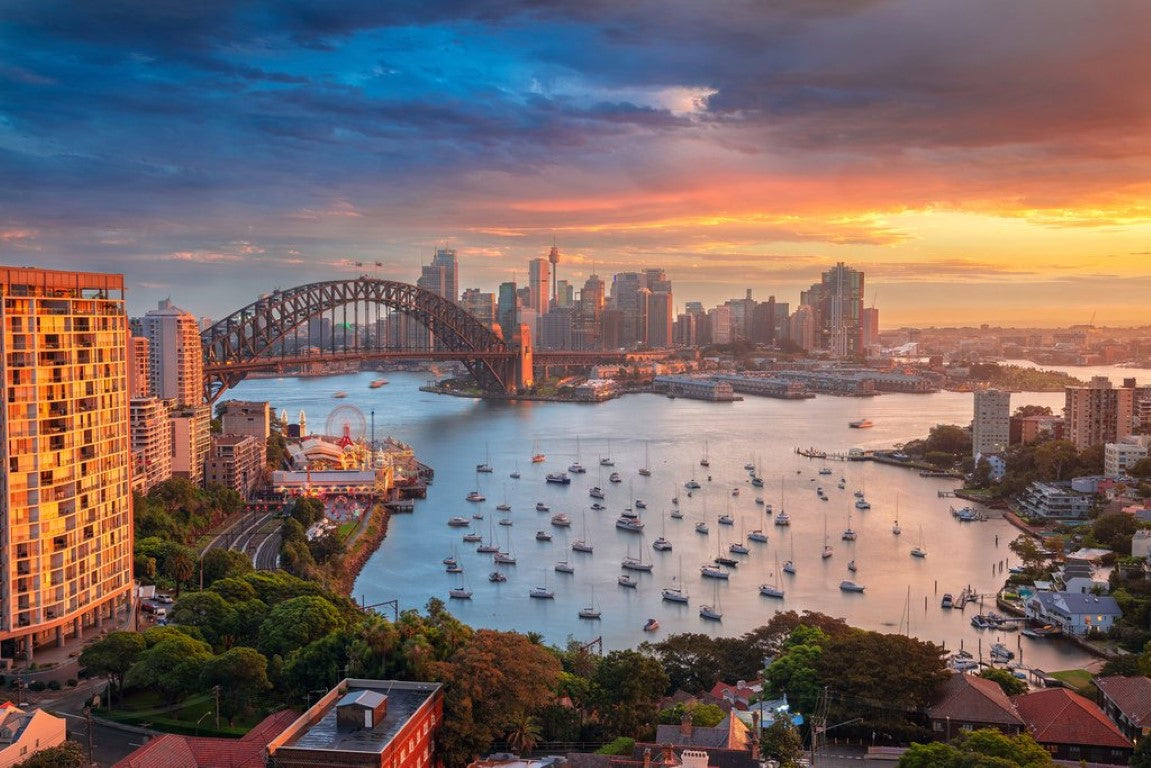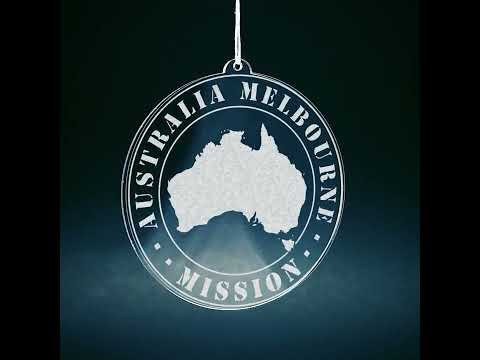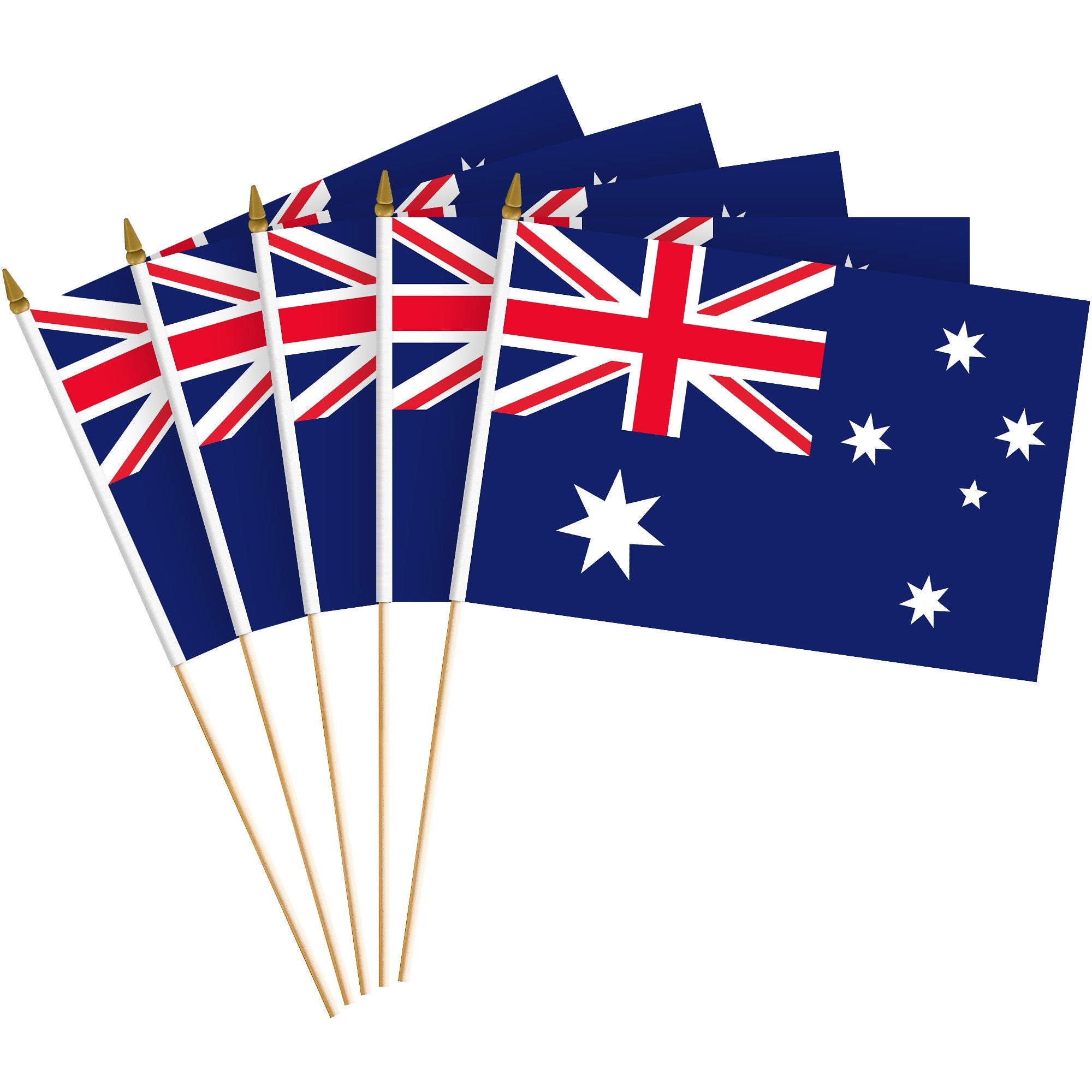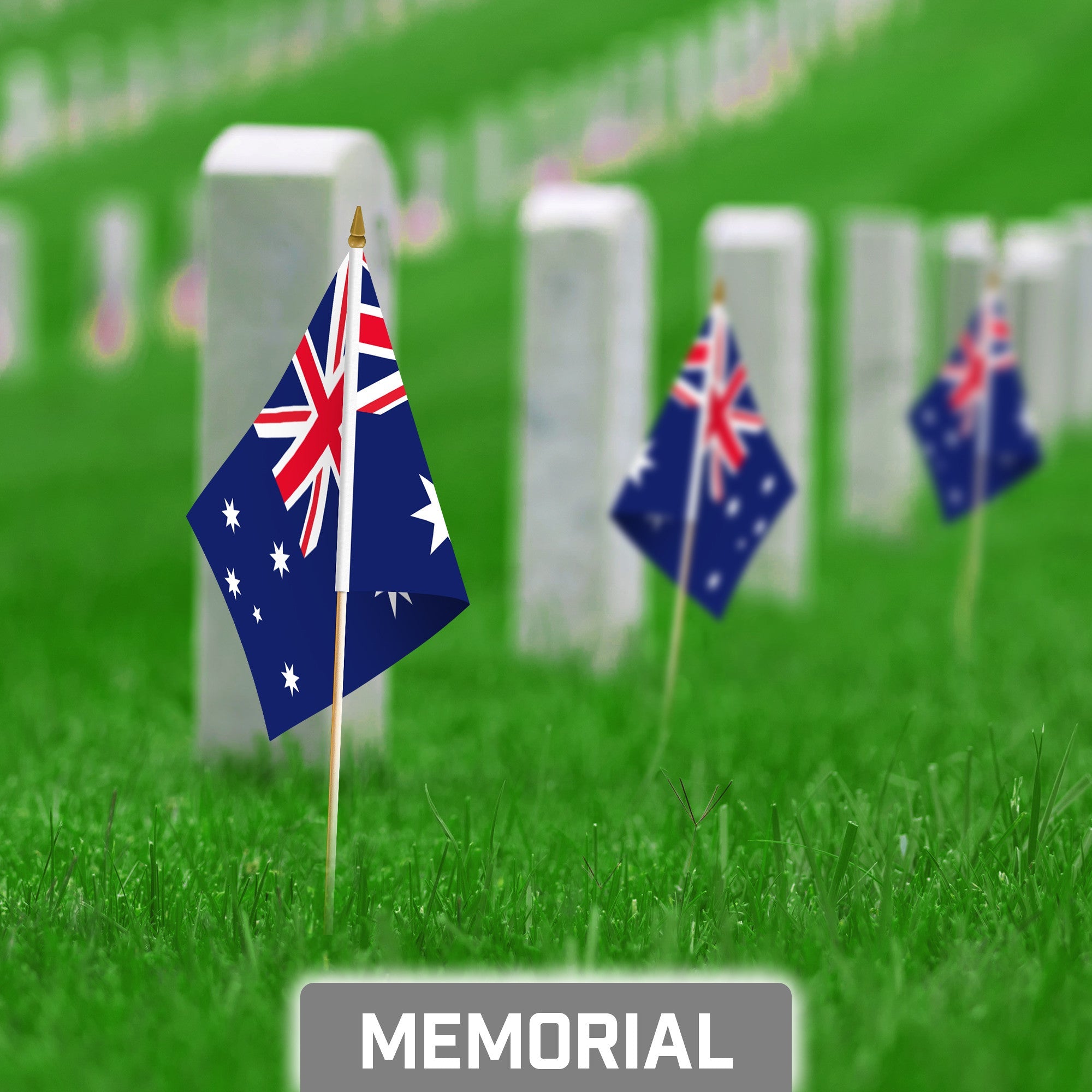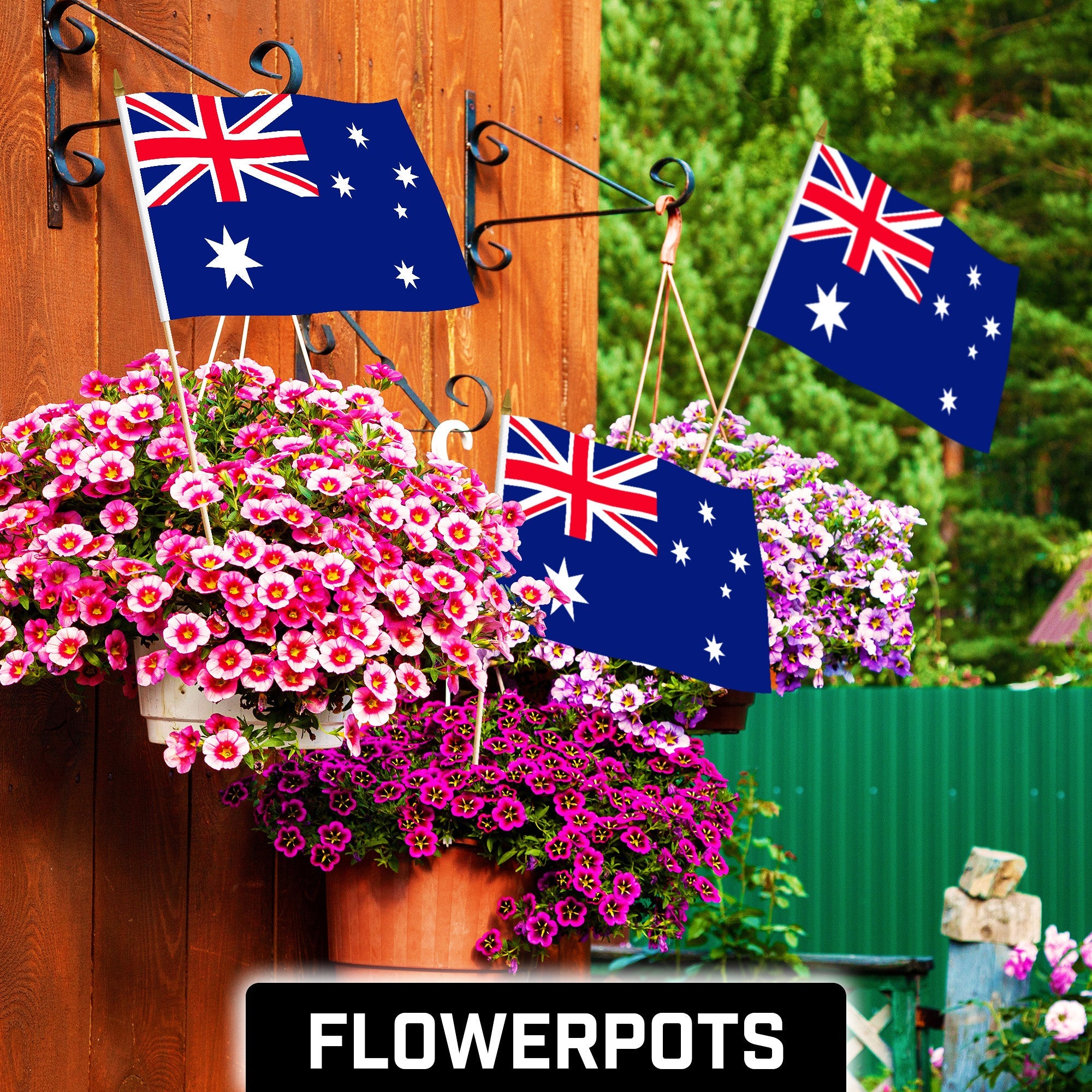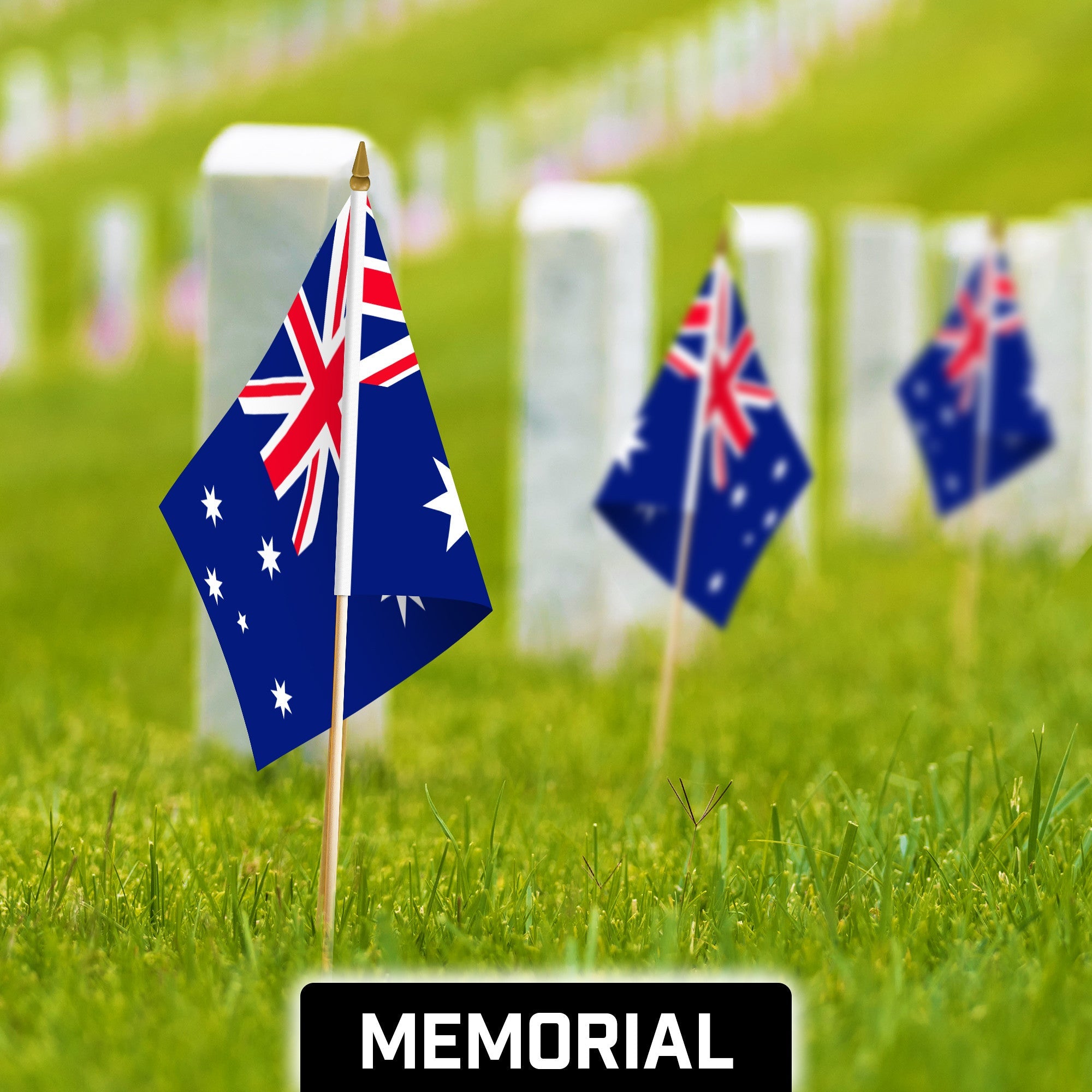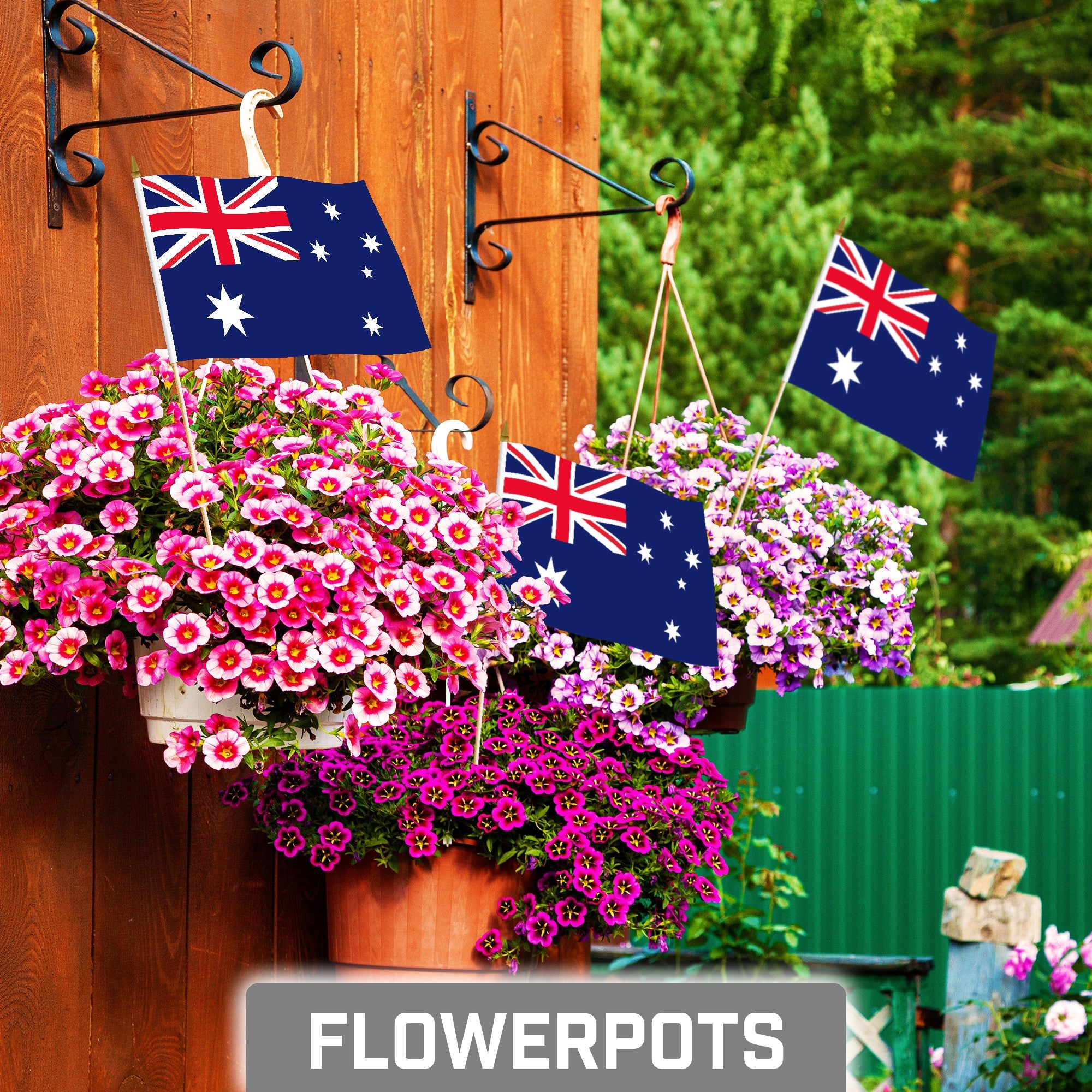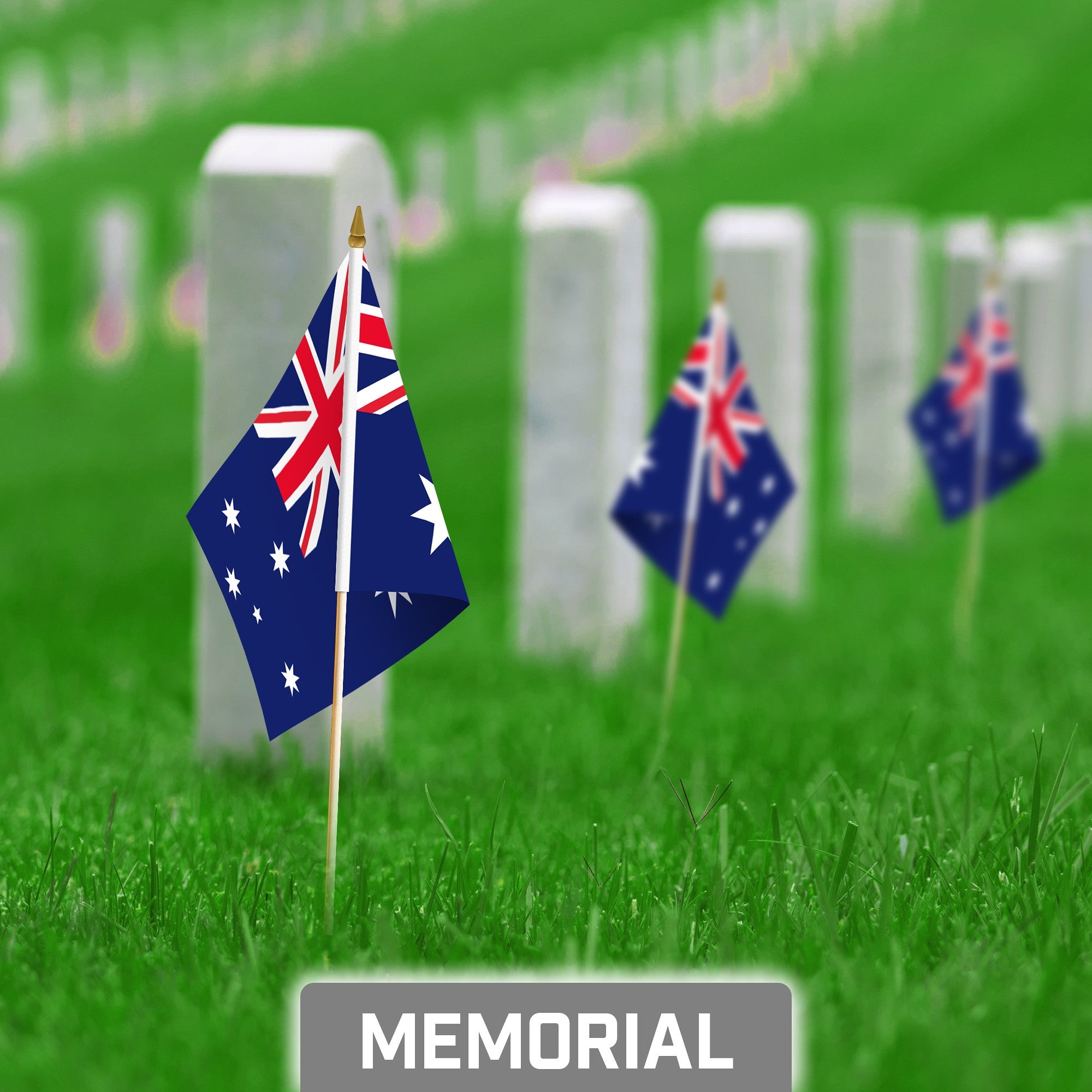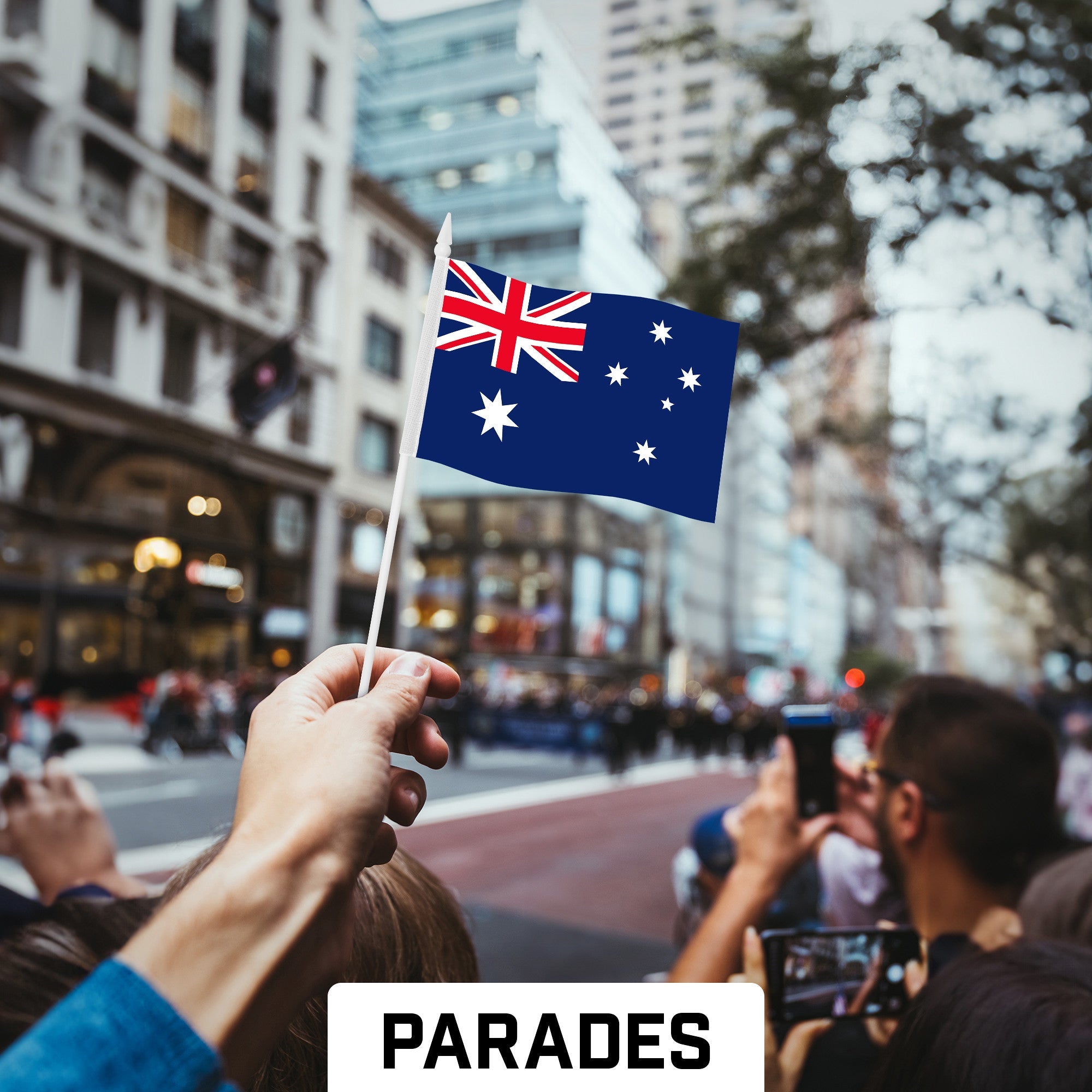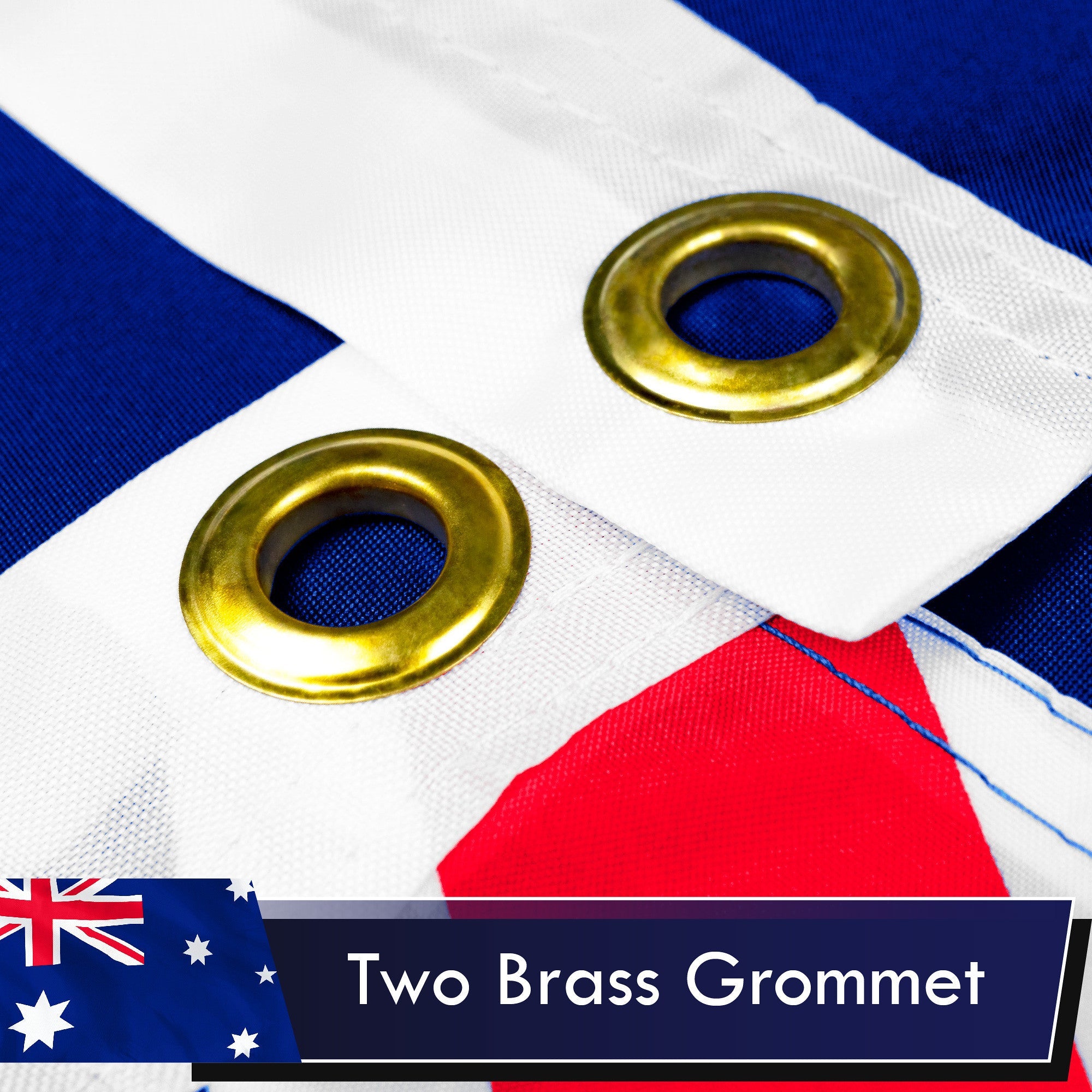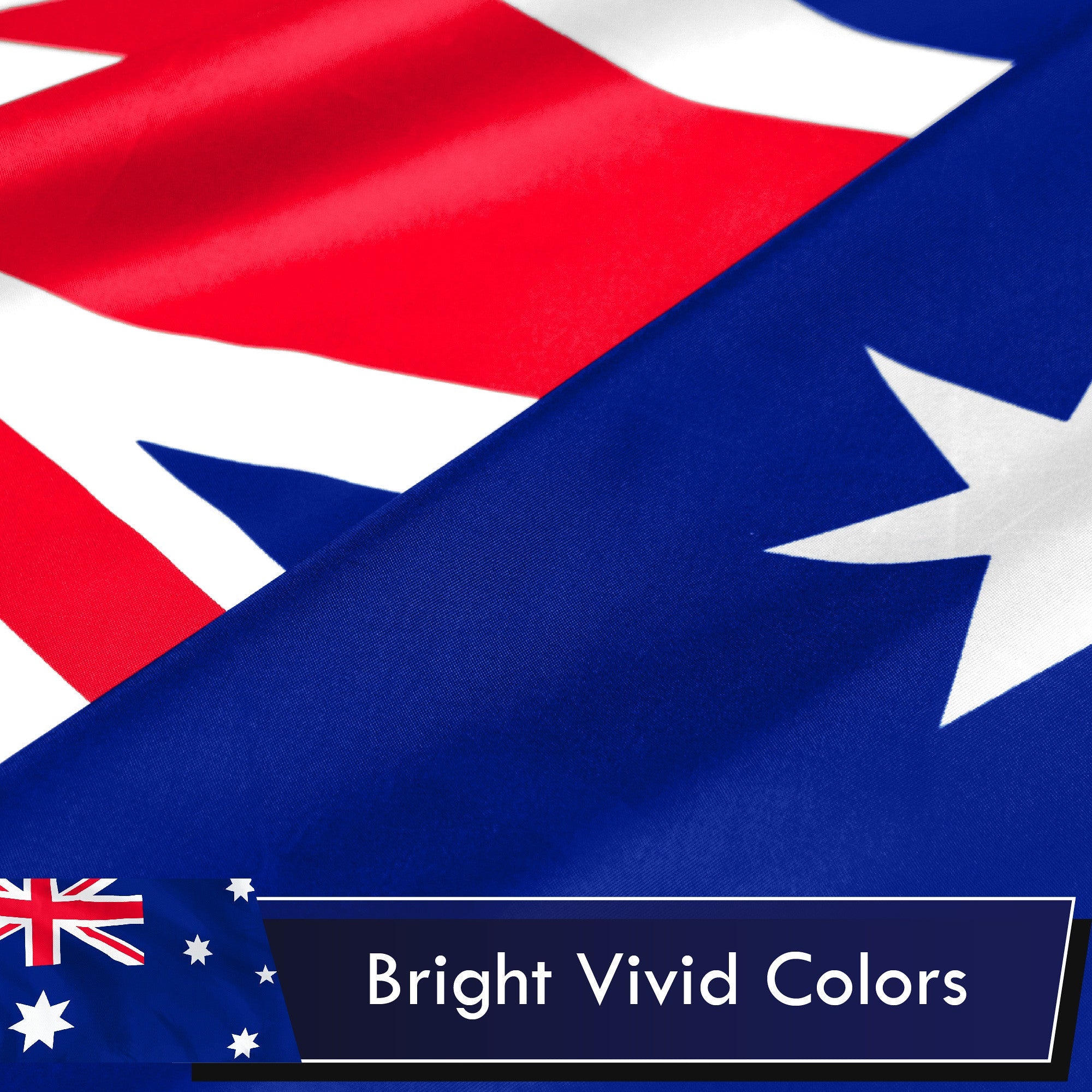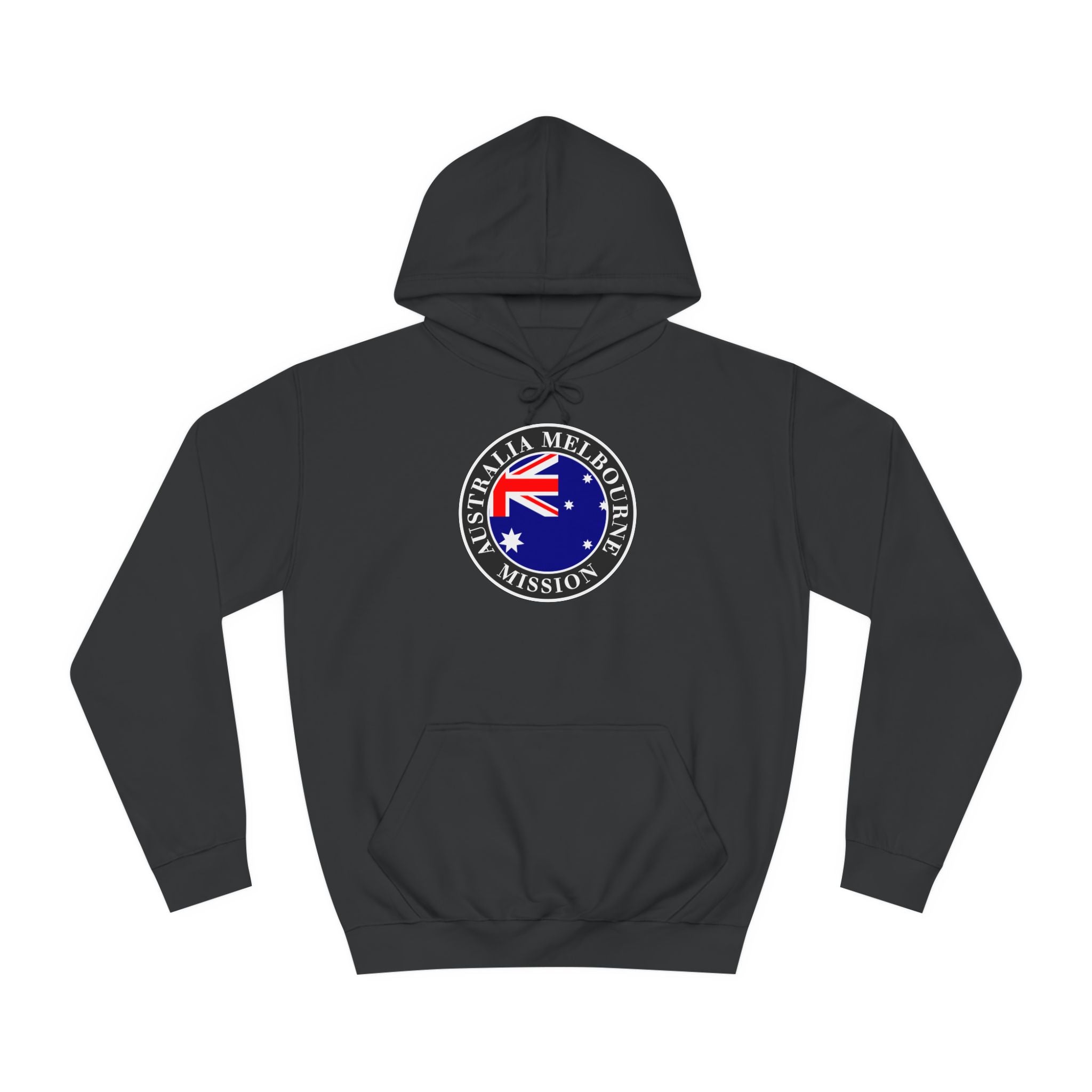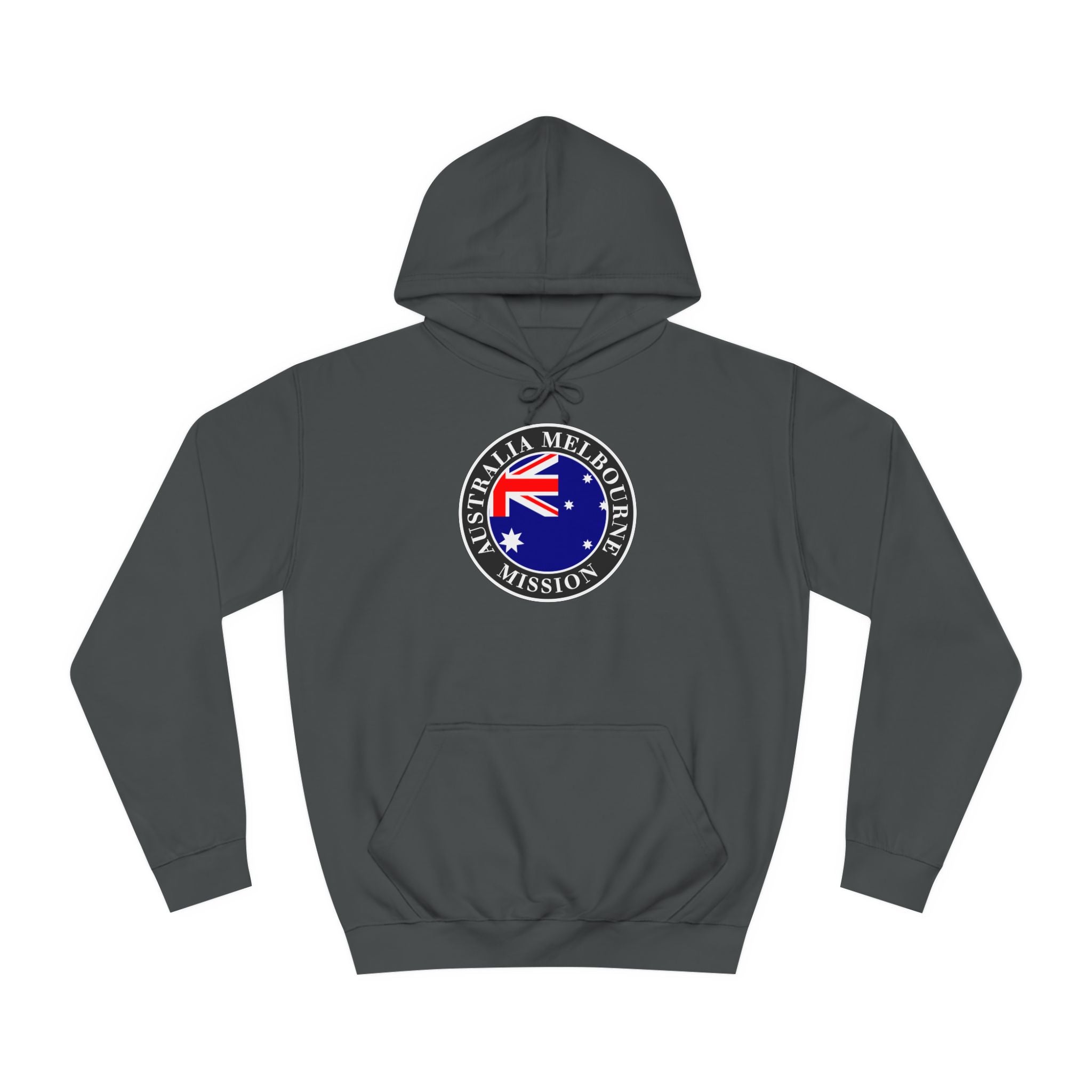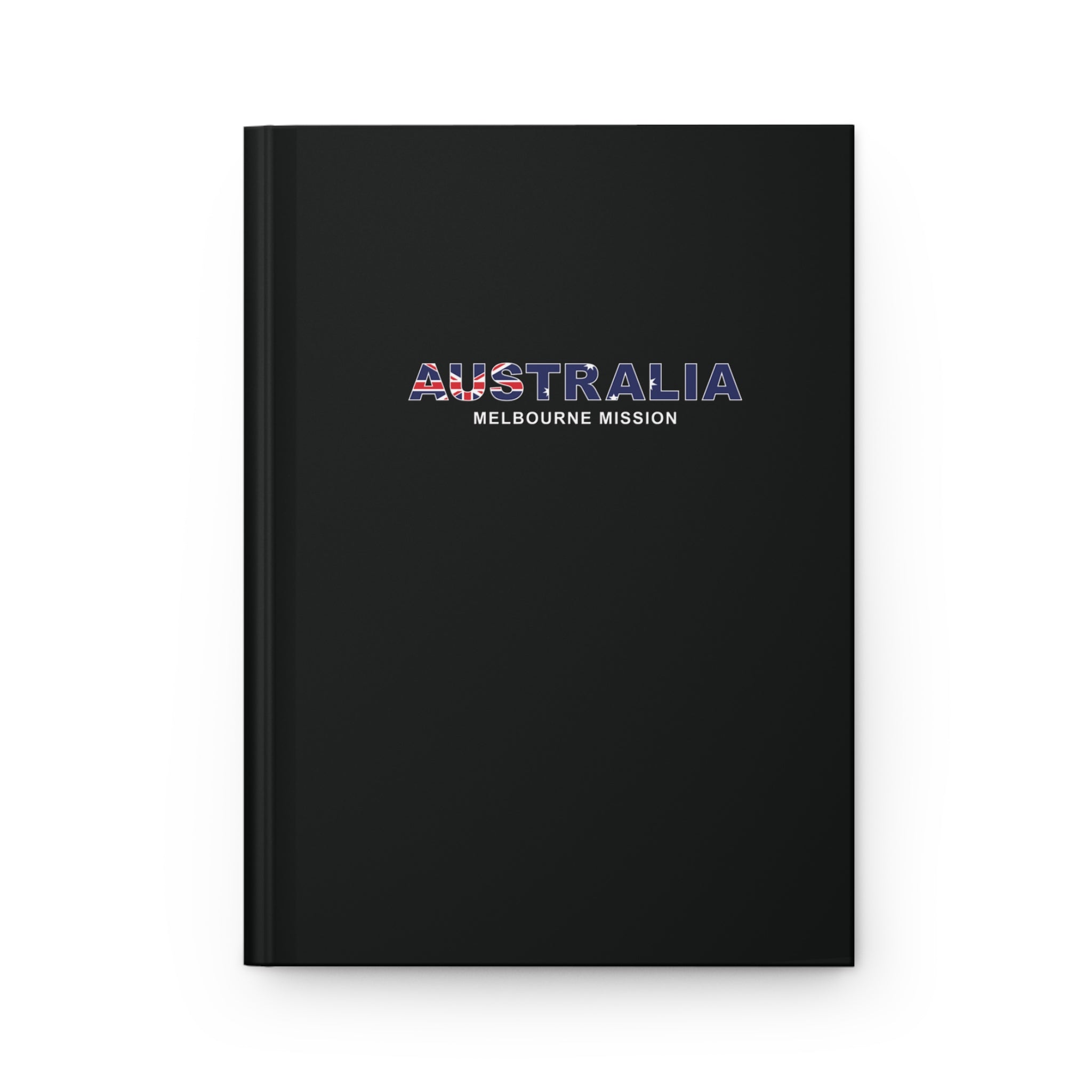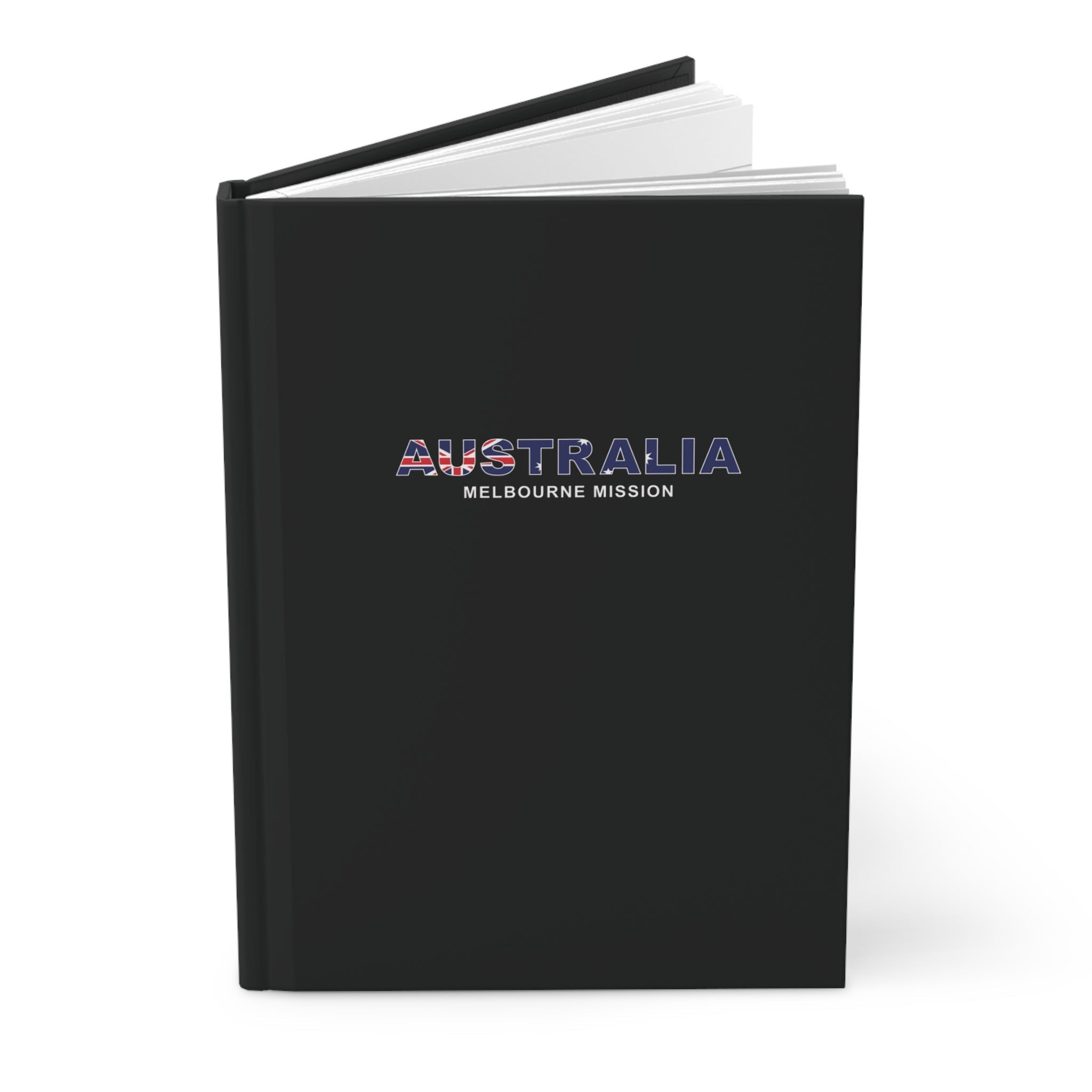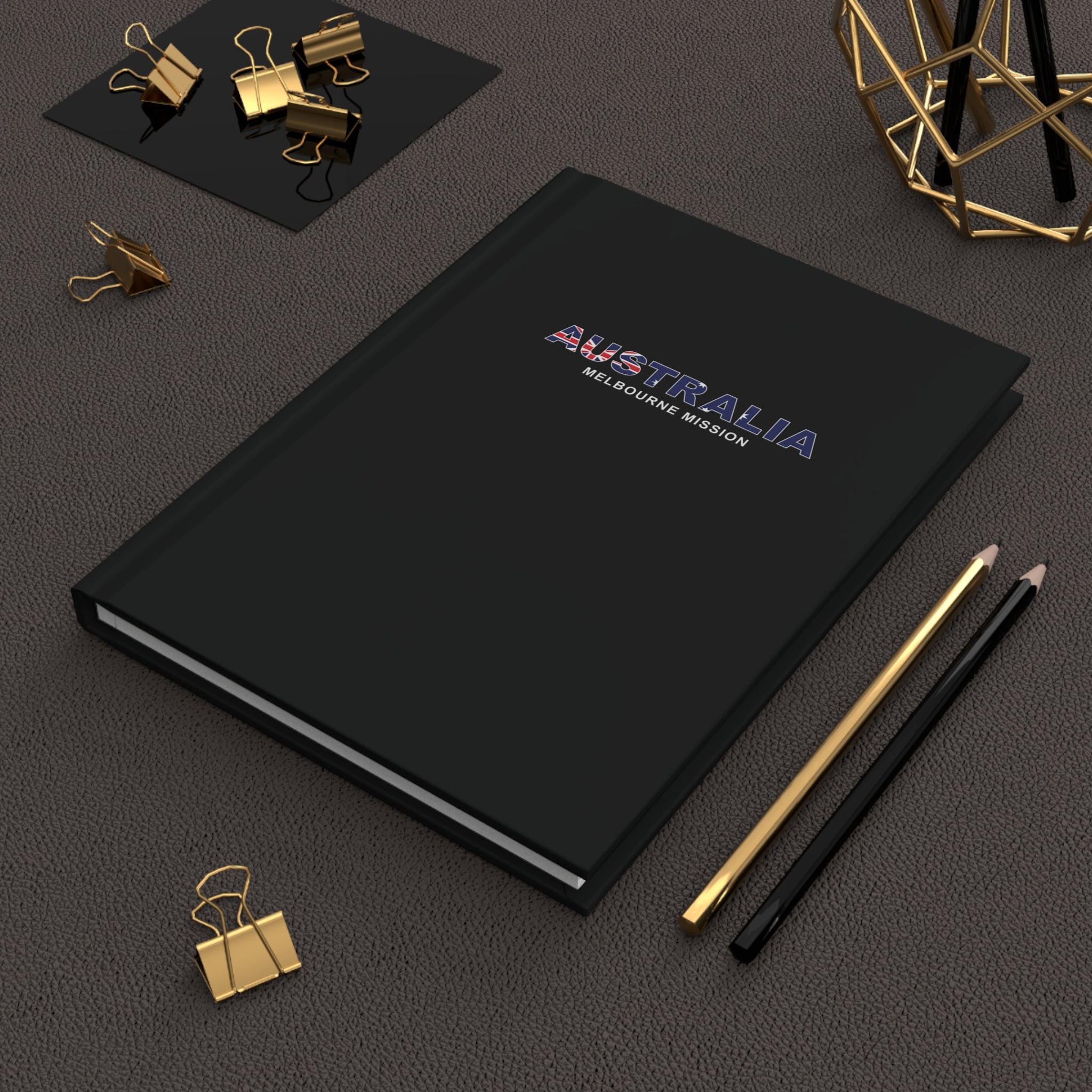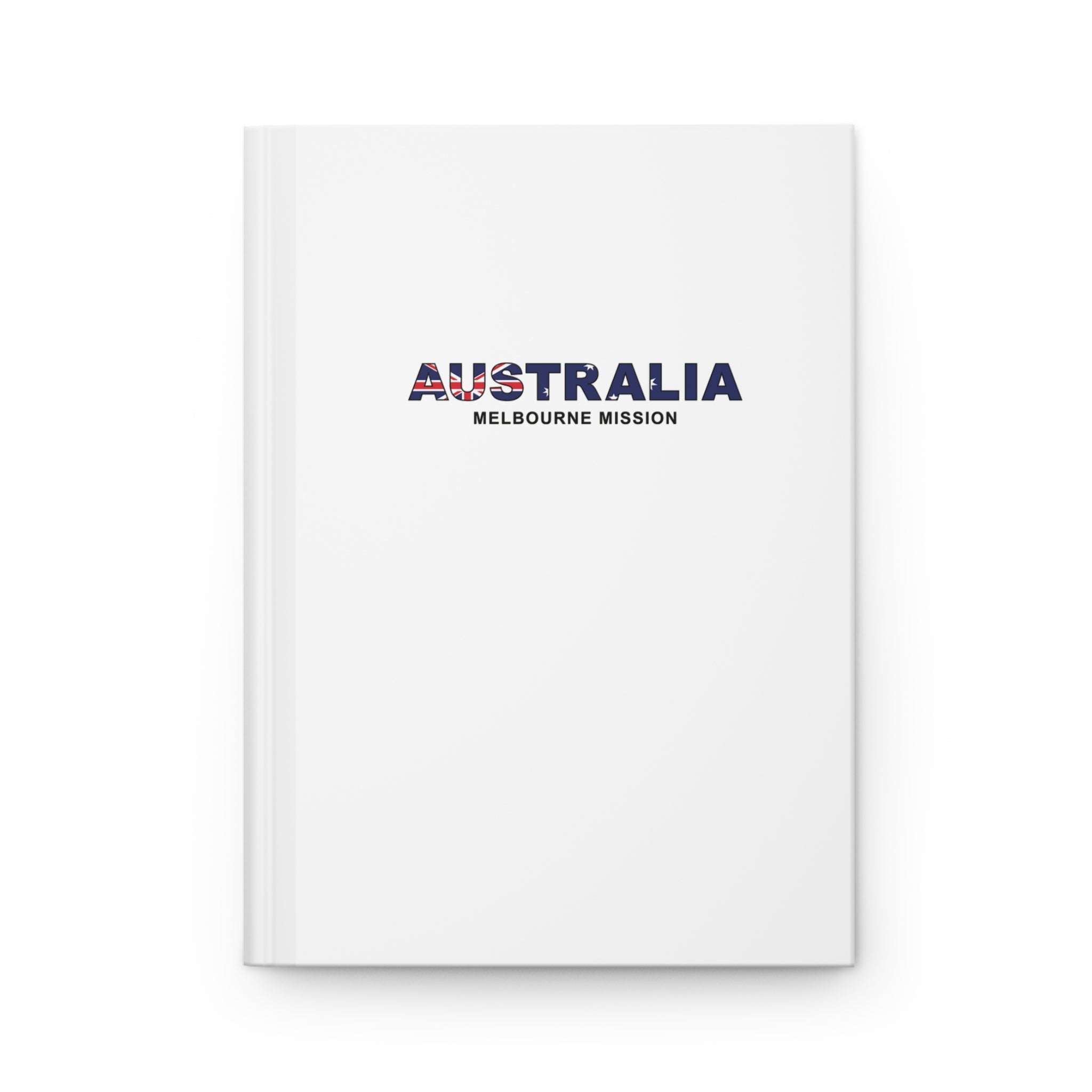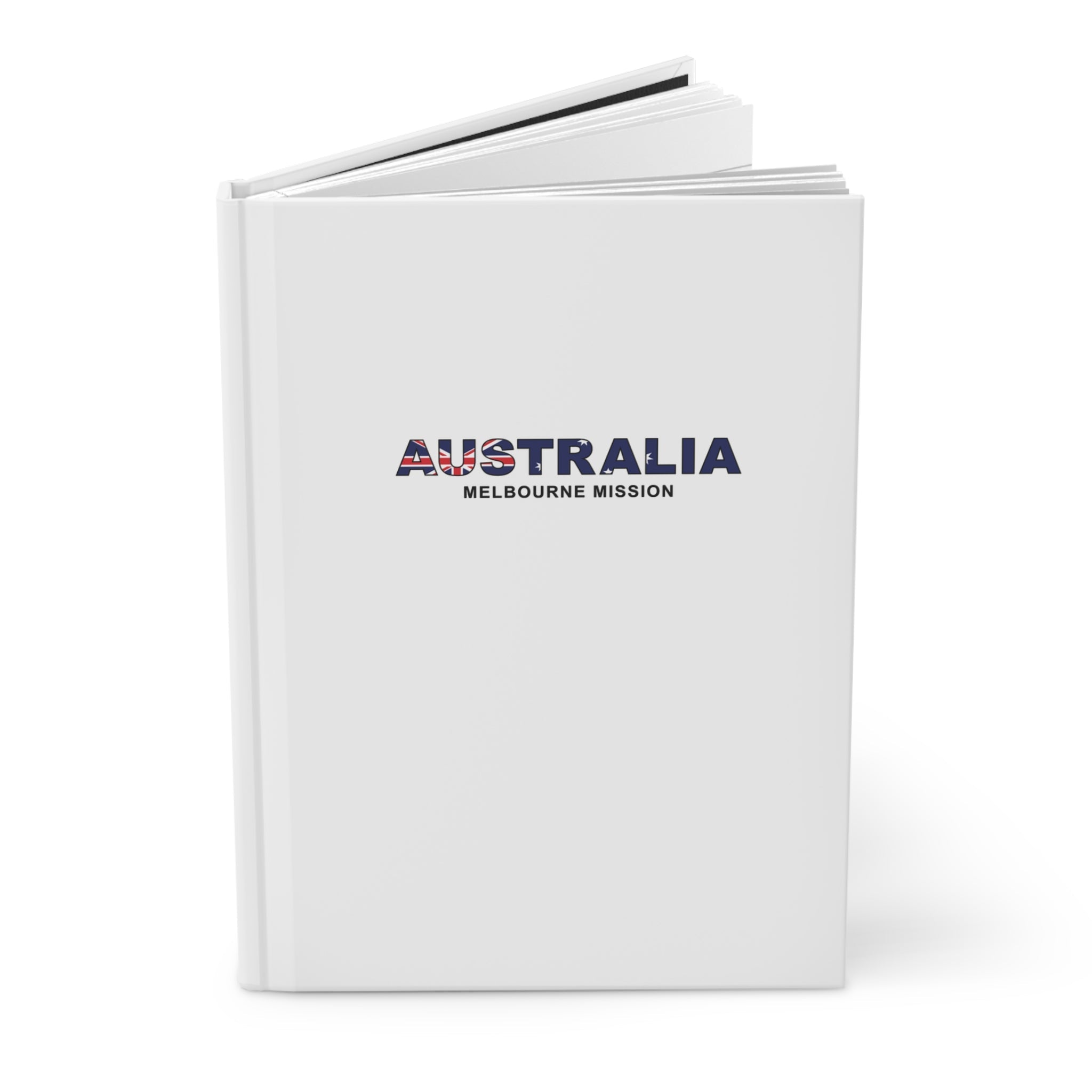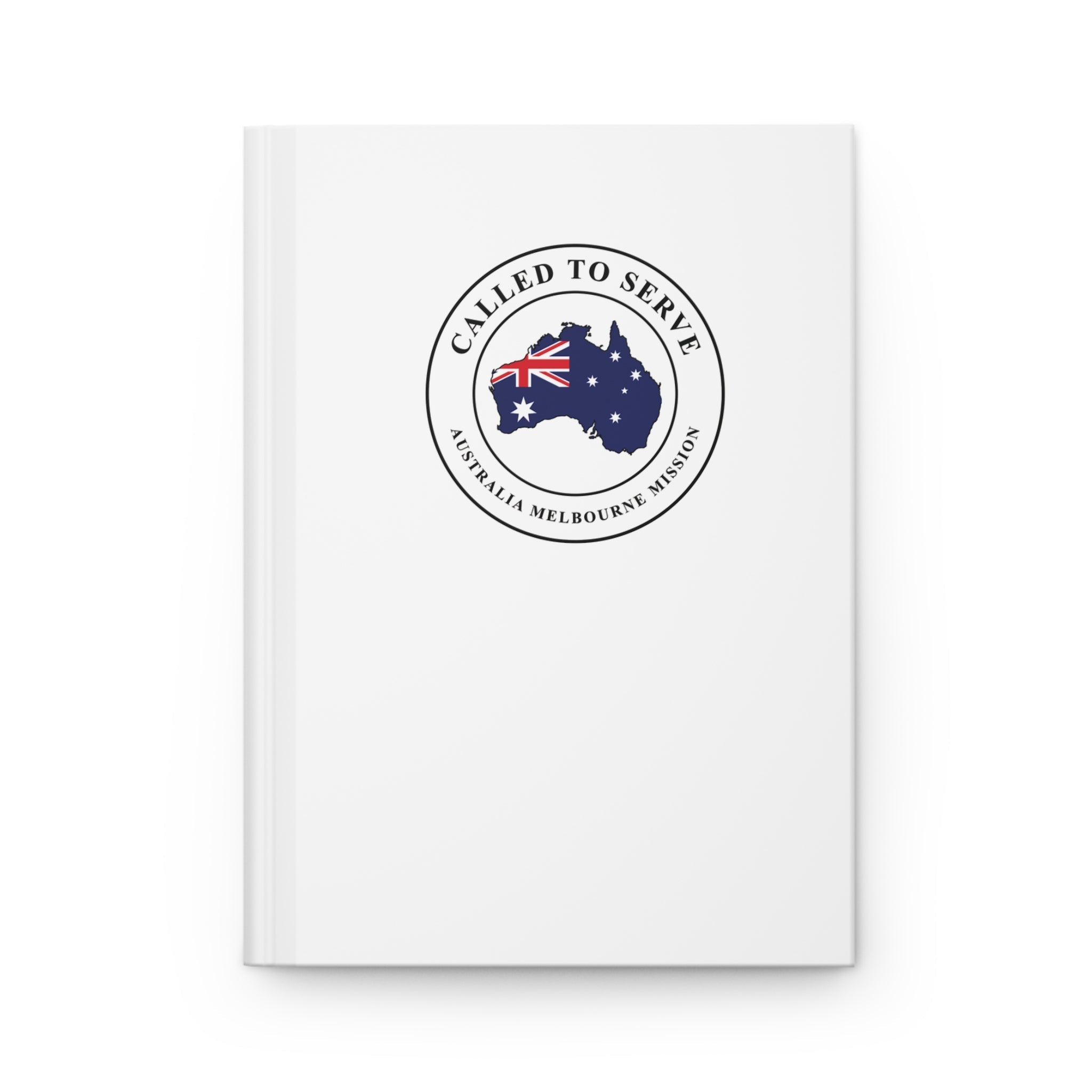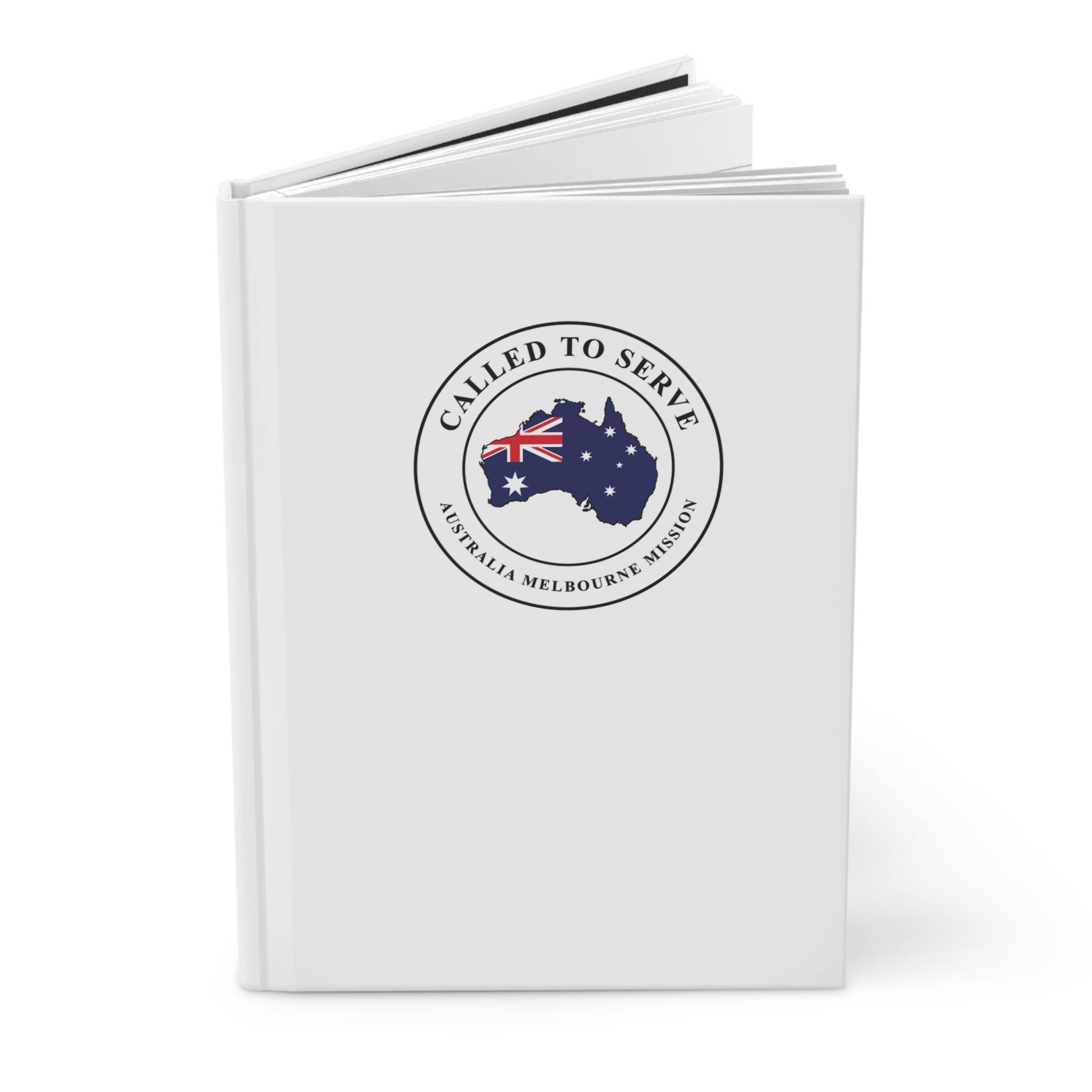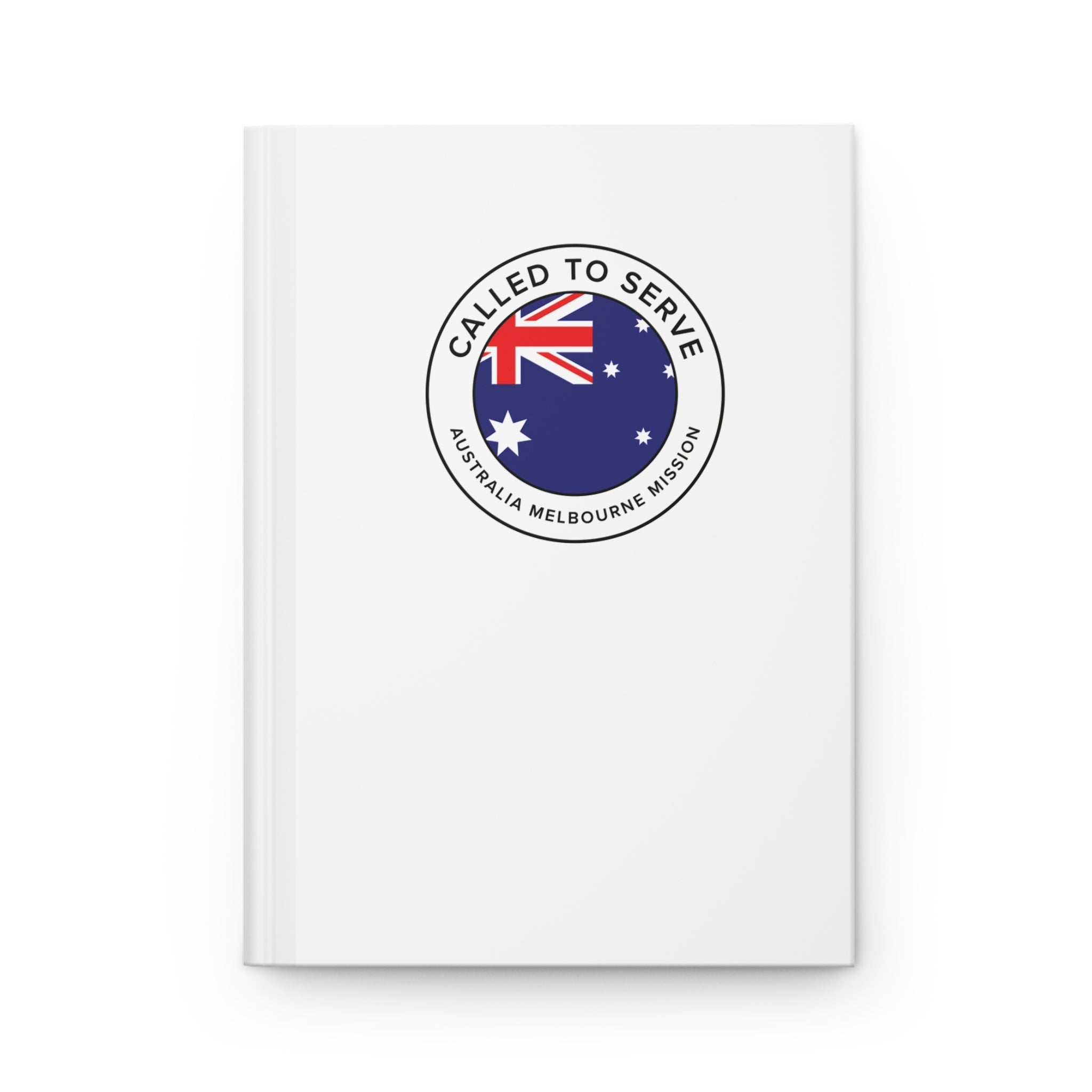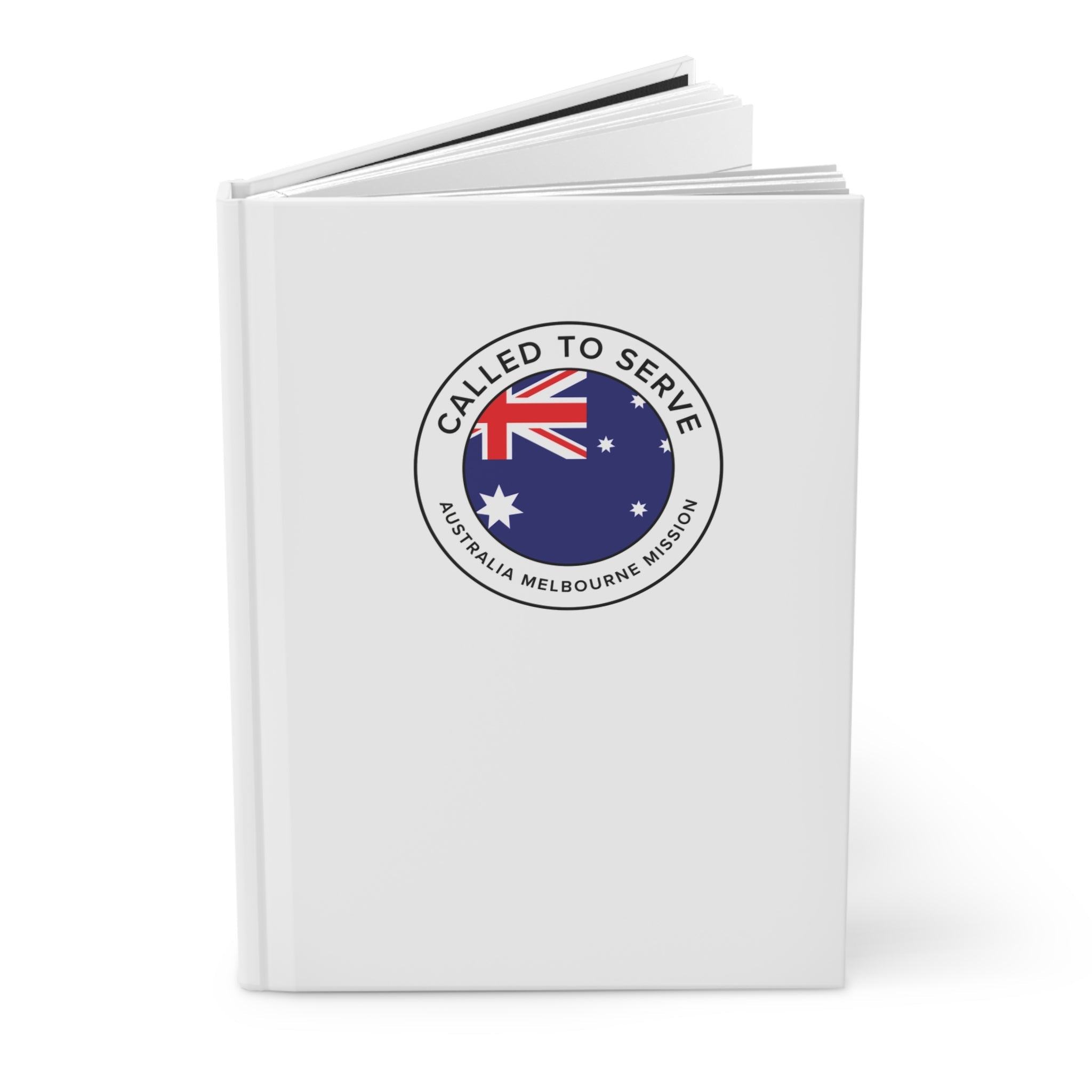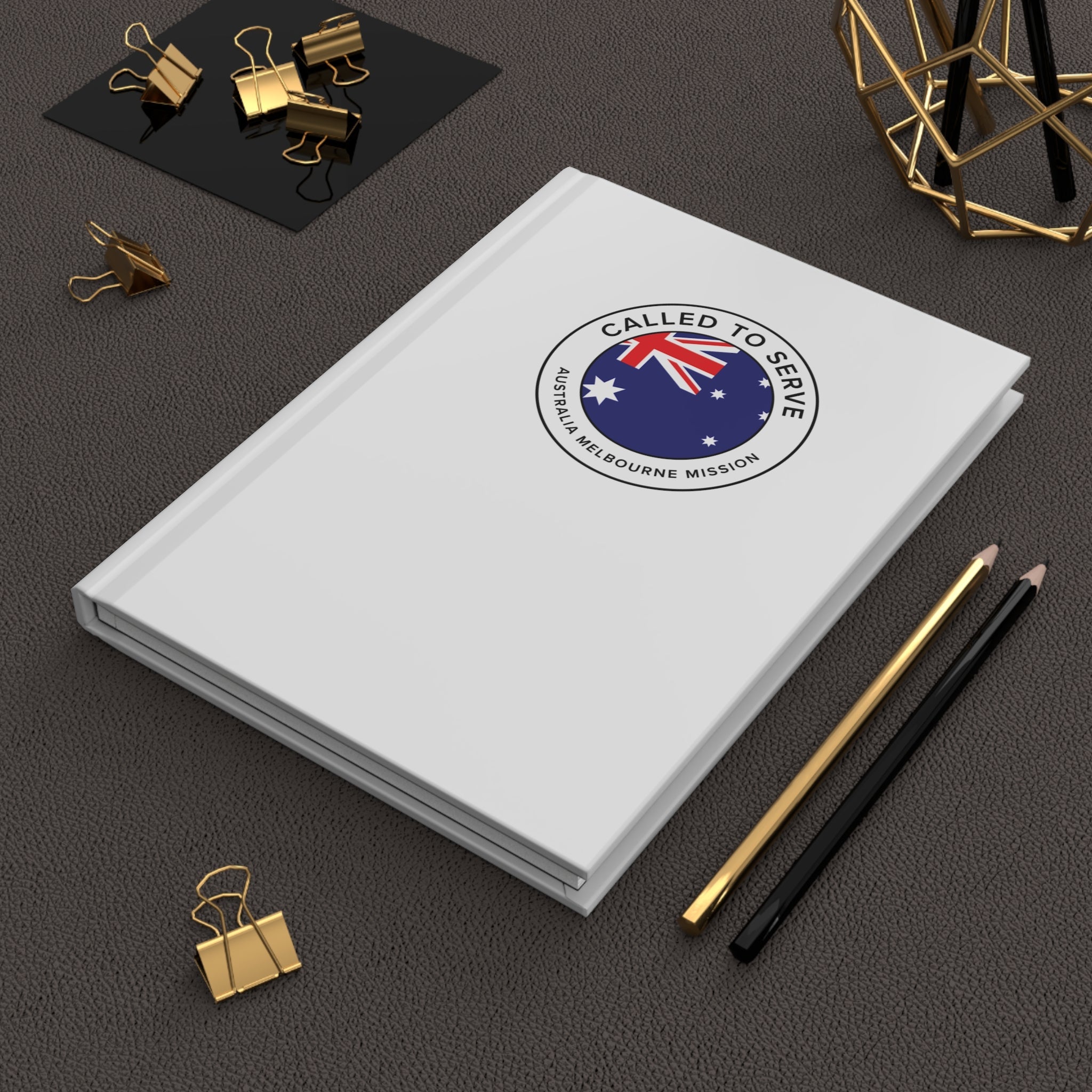The restored gospel was introduced to Australia in 1840 by William Barratt, a 17-year-old British convert who had been ordained to preach just before his family immigrated to Australia. Other missionaries and immigrant members arrived in the following years, organizing the first branch in 1844 and a mission in 1851. Many early members emigrated to help build up the kingdom of God in Utah, but a few remained in Australia.
In the early 1900s, the Church began establishing a more stable presence in Australia. The first Church-owned meetinghouse was dedicated in 1904. At the end of World War I, after assuring the government that missionaries were no longer encouraging converts to emigrate, the Church was granted permission to send more missionaries to the country. After World War II, Church members participated in an ambitious building program to construct chapels around the country. In 1960 stakes were organized in Sydney, Brisbane, and Melbourne and were among the first stakes organized outside North America.
In 1984 the first temple in Australia was dedicated in Sydney. The hearts of members turned to their ancestors (see Malachi 4:5–6), and Saints faithfully pursued family history work to preserve both immigrant and Aboriginal Australian histories. By 2003 there were also temples in Adelaide, Melbourne, Perth, and Brisbane, and by 2016 there were roughly 150,000 Church members organized into 40 stakes.
